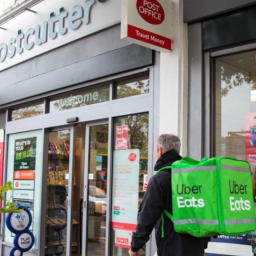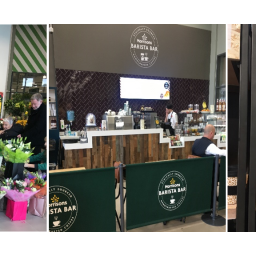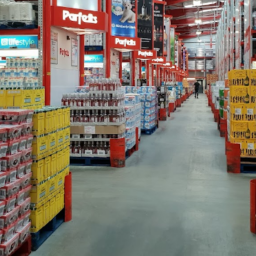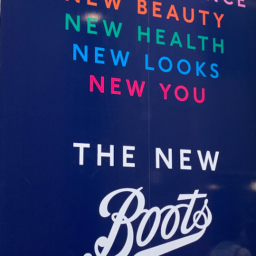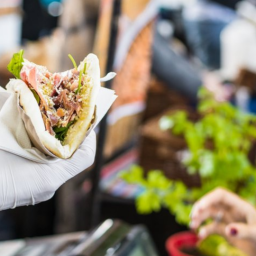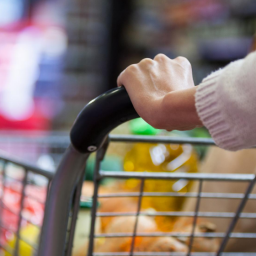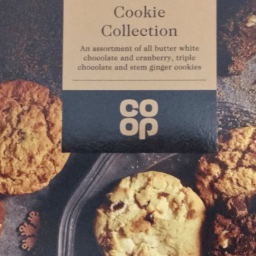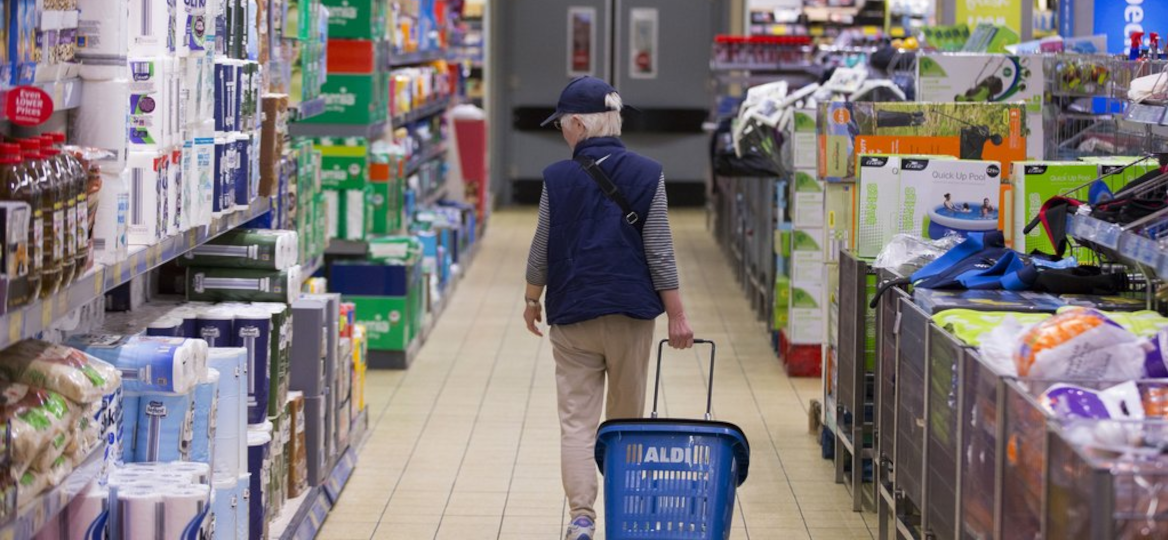
For some time, news of enhancements, developments and expansions at Aldi and Lidl have been prominent within the trade media.
Aldi is planning to open more new stores in UK at a pace of 1 a week, which requires a very sizable investment of £1bn. The retailer is planning to double stores in London from 45 to 100 by the end of 2025 and to have a total of 1,200 stores nationwide by the same date.
Lidl is expanding as well, with its focus primarily on London too. Lidl’s first central London store is set to open in 2020 on Tottenham Court Road and they are planning another 40 in the capital. How the retailer plans to attract a very transient shopper will be very interesting to see. We have also seen discounters branch out slightly in to new areas, for example Aldi opening an Aldi Local store focusing more on the food to go mission and convenience shopping format.
These are big developments that highlight the ambitions of Aldi and Lidl, but will these ambitious plans be a success? Using HIM data, Val Kirillovs shares his views…
Does the rapid store expansion and new initiatives help drive greater footfall for discounters? Well, from our monthly omnichannel barometer tracker survey of 1,000 UK adults we can see a clear growth in the volume of shoppers that have been visiting the discounters in the last week. We are seeing weekly penetration of the discounter channel rise from 51% of UK adult population in February to 54% in September this year. This shows a significant gain of shopper numbers in the discounter channel over the year. Discounters are currently the third largest channel in terms of weekly shopper penetration, only behind to convenience and supermarkets. If the discounters maintain this momentum, they could overtake the convenience channel in 2020.
Furthermore, we have seen discounters focusing more on the quality of fresh foods and food on the go, as well as more premium lines to improve its appeal to a much broader customer base. The in-store shopping experience and alternative store formats have also been on the discounter agenda, with Aldi launching its Aldi Local store concept and Lidl making developments that indicate an appetite for small-format retailing.
Convenience store format trials are essential before expanding within the M25 area. More city centre and high street discounter stores are expected on the horizon, challenging the established players. Does all this mean that value for money is becoming less important for shoppers and in particular for discounters’ shoppers? Well, that would be a very wrong statement to make. From HIM’s in-depth shopper study into the discounter channel, we know that value for money is still the biggest driver to Aldi and Lidl. 70% of shoppers are stating that value for money is still the main driver for them to choose Aldi or Lidl when they are going grocery shopping. Value for money is absolutely key and is the single biggest driver of footfall to the discounter channel and with the economic uncertainty pushing people to think cautiously when they spend the value for money dominance is not going away any time soon.
Another strength for the discounter channel is the ability to encourage impulse shopping in store. Maximising basket size and trip spend is paramount to all retailers, and discounters have been perfecting this for many years. In fact, 63% of all baskets in discounters feature a product that shoppers didn’t plan to purchase. This is a very good result, keeping in mind the industry average of 55%. Indulgent categories are driving impulsivity in discounters, namely crisps and chocolate. Impulse purchasing can be encouraged and driven by different in-store activities – the most powerful of them all is product displays that encourage shoppers to stop and break their autopilot. In Aldi and Lidl 35% of impulse purchasing is due to shoppers having seen the products and been tempted by them.
Aldi and Lidl are doing an outstanding job at winning customers over. They are growing their estates, shopper satisfaction is high, new shoppers are joining in and even their social media work is one of the best in the industry (example: Aldi Instagram).
However, discounters are not immune to competition and market challenges. The big 4 grocers are working hard to improve their value for money proposition, which will directly challenge the discounters. One number that discounters should consider is 7.2. This is the number of grocery retailers a typical discounters shopper visits in any given week. This highlight how promiscuous the discounter shopper is, picking and choosing different stores to suit their different needs. Finally, supermarkets enjoy a more loyal client base who shop in less stores per week. Loyalty is the final frontier that every retailer is striving to achieve, and it is exactly what discounters will want to focus on.


